Salkantay and Lares: the slow road to Machu Picchu
When you’re surrounded by Andean culture and landscapes, there’s no need to hurry


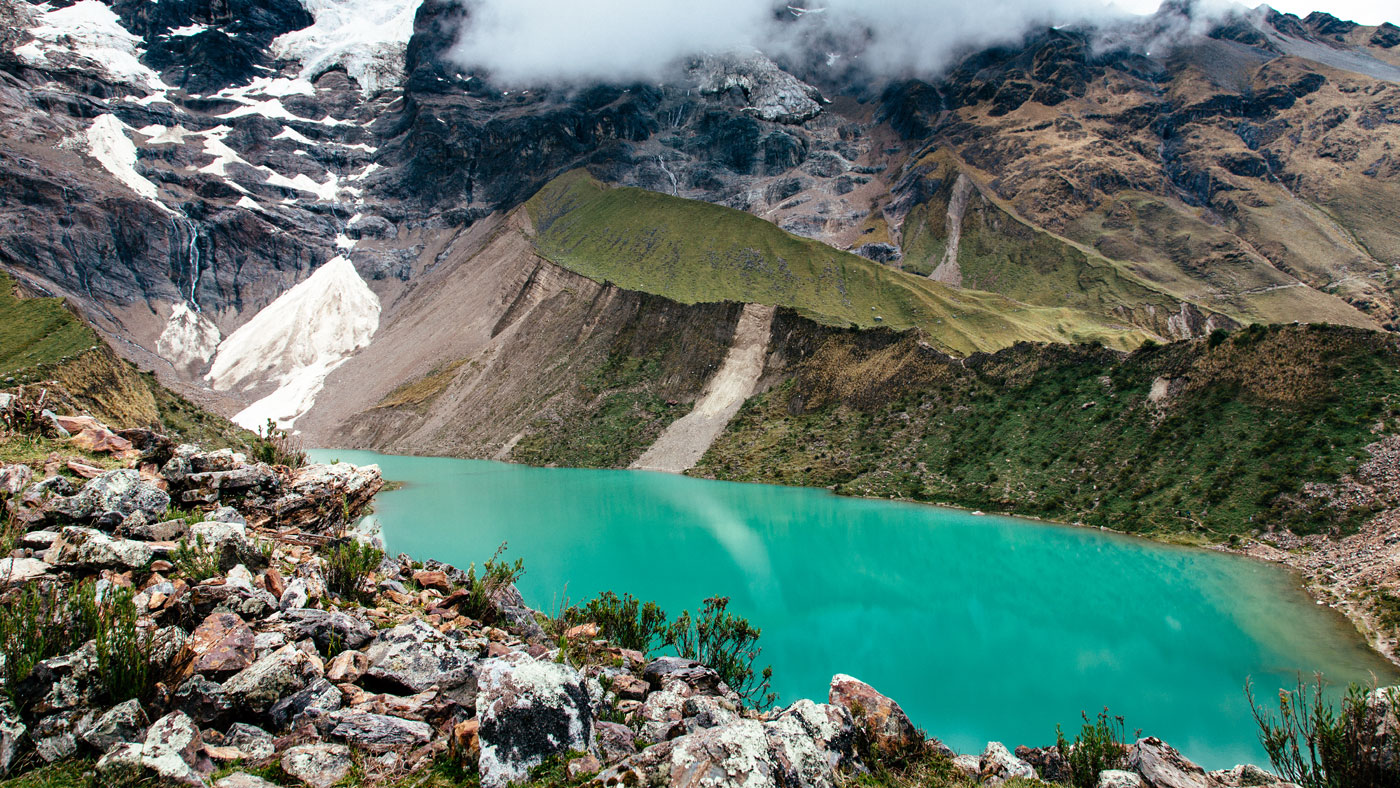
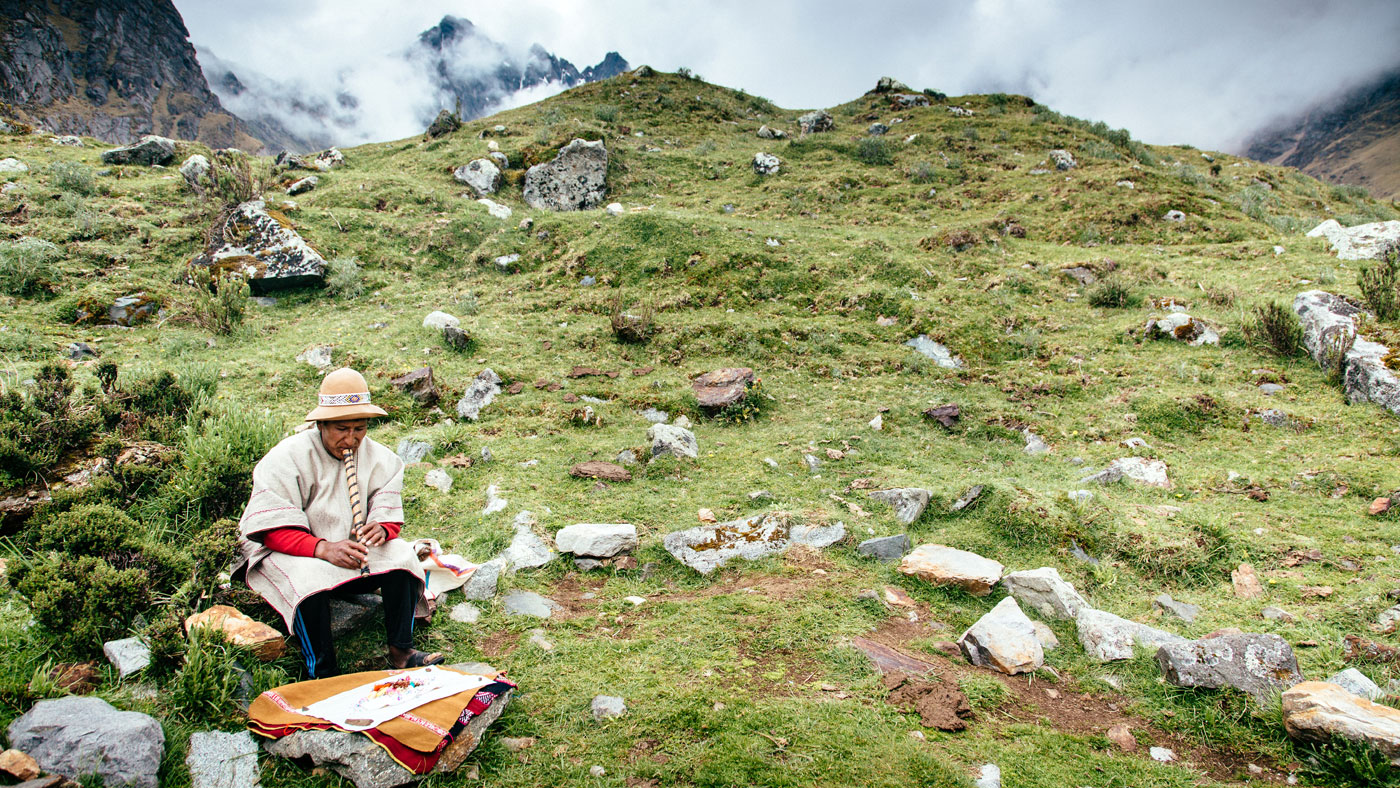
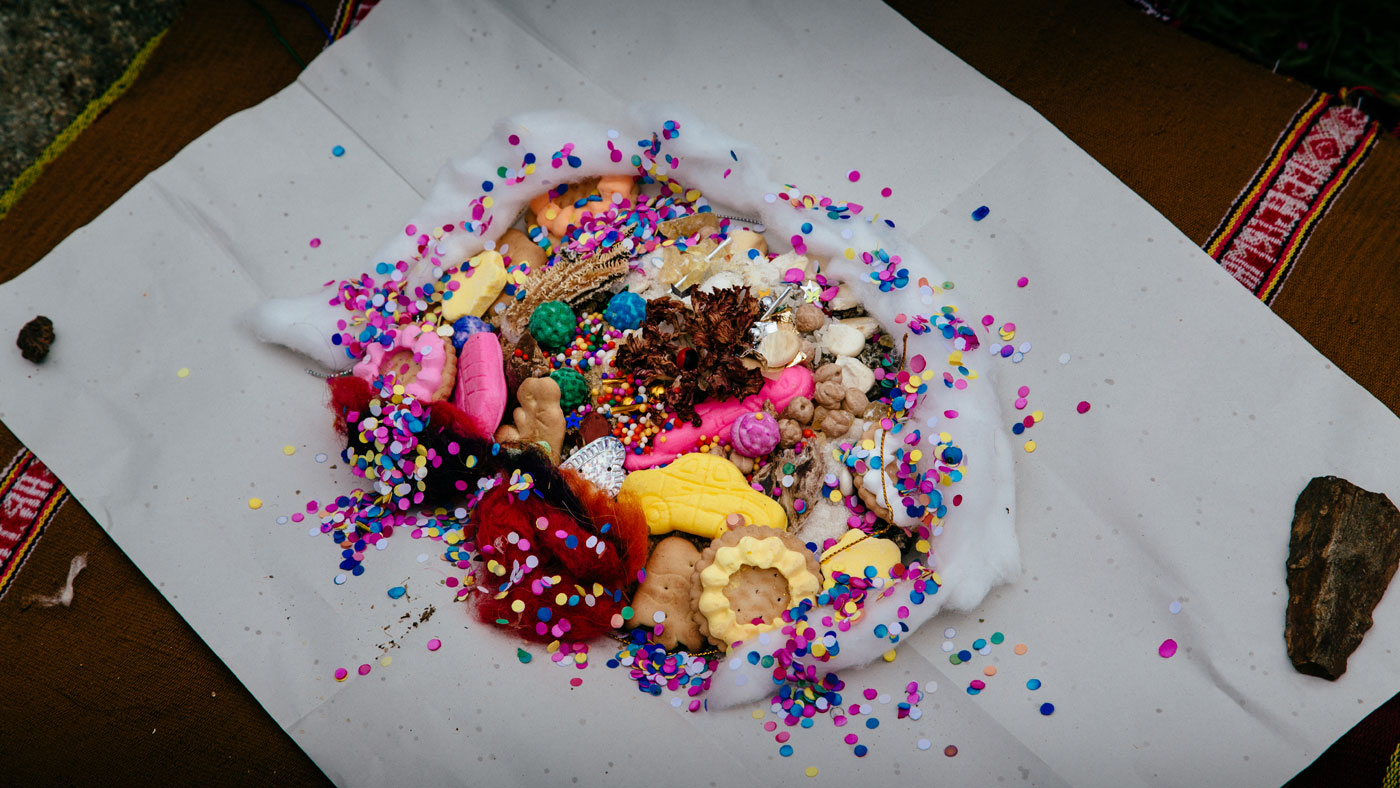

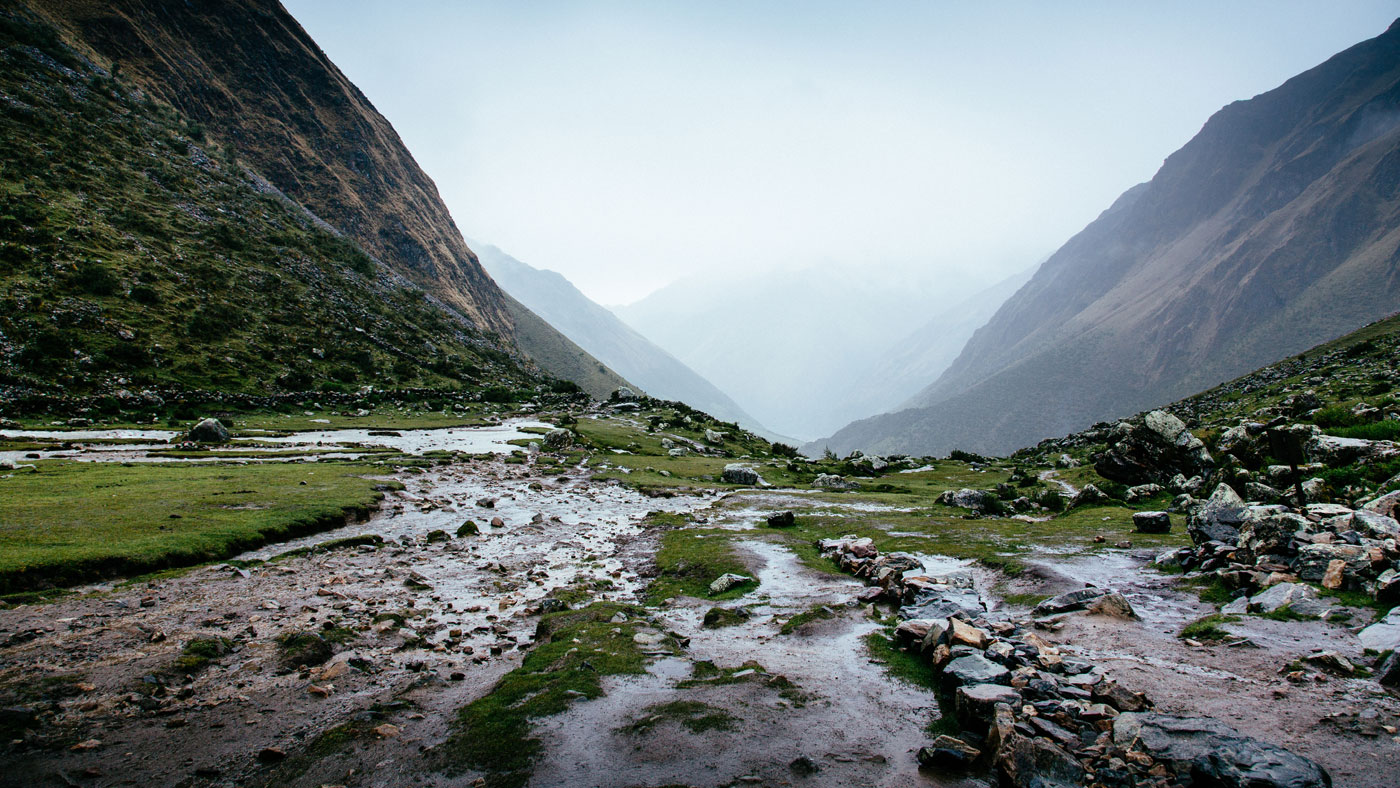


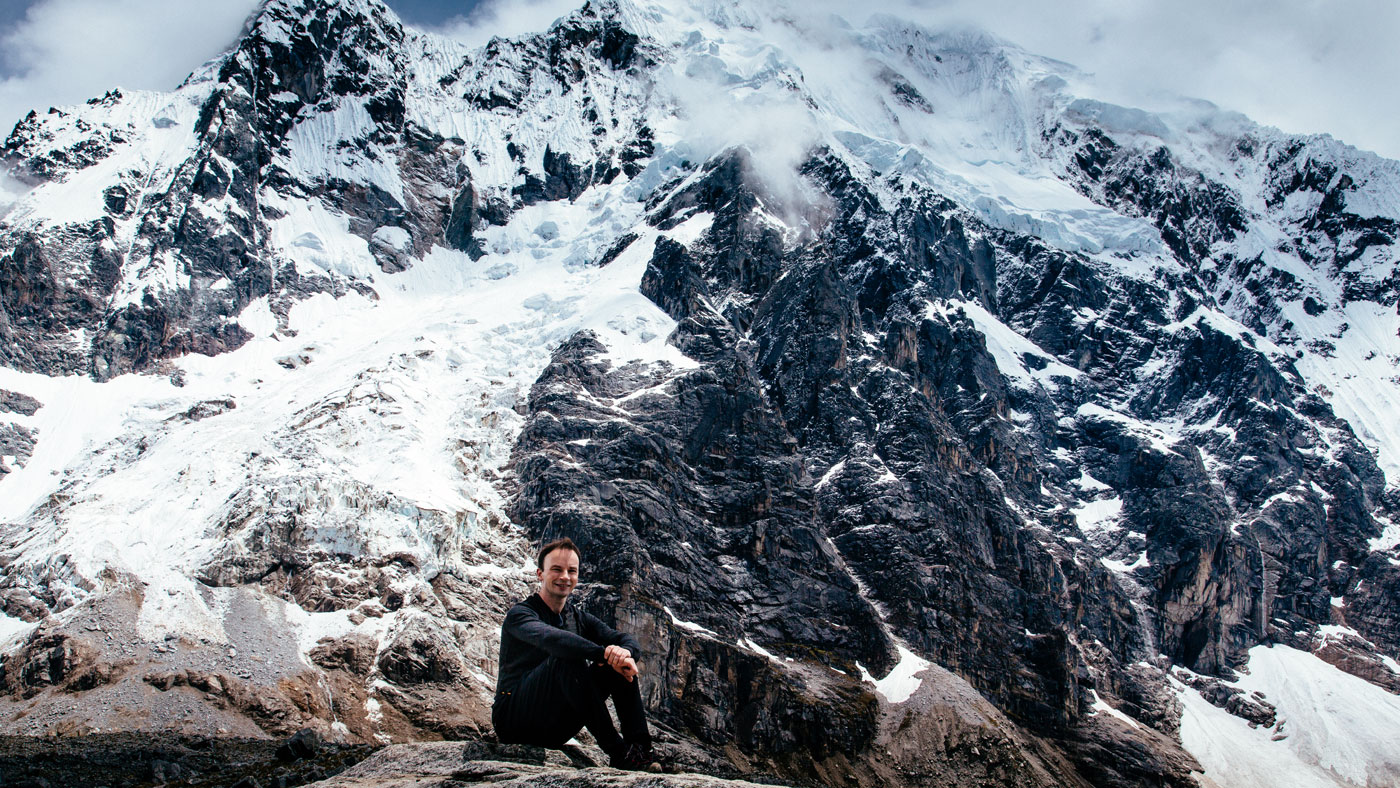







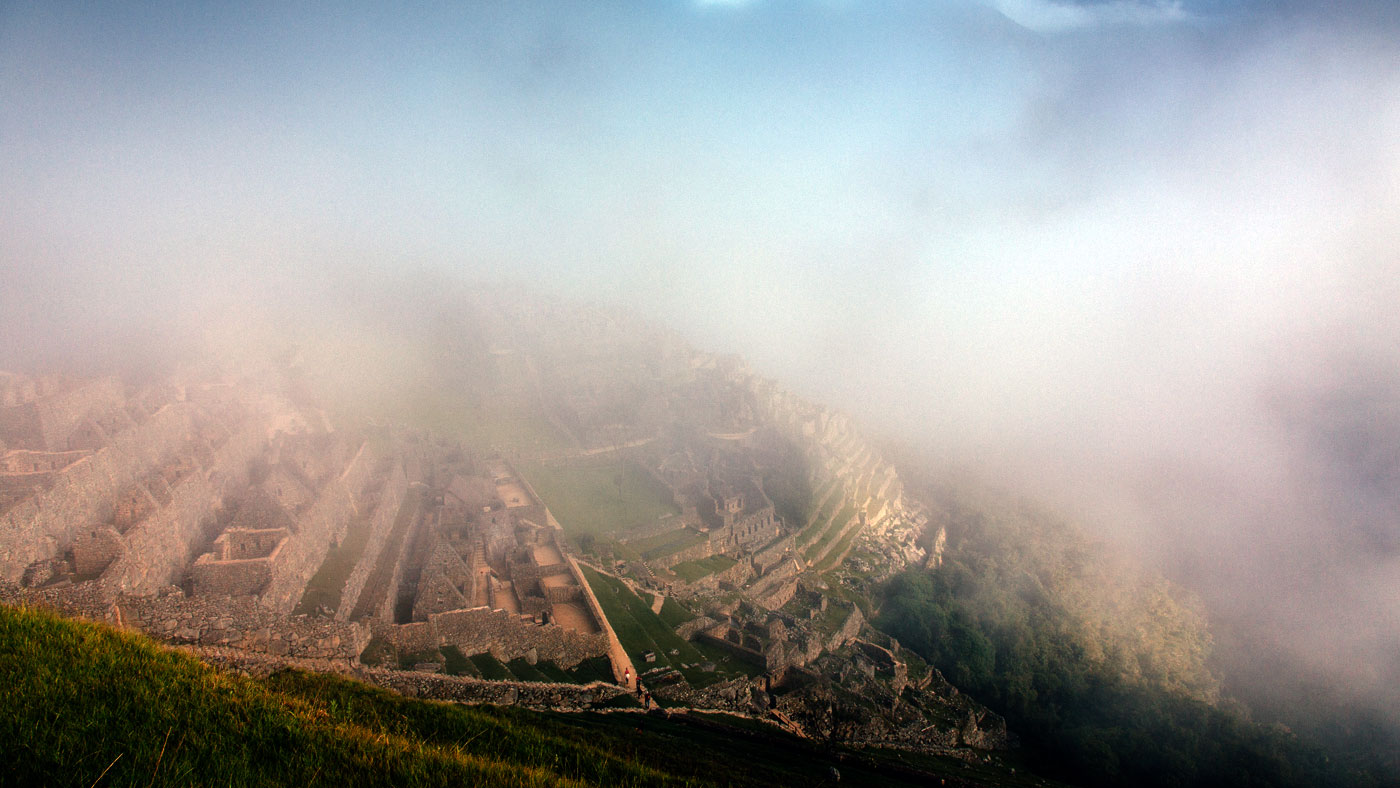

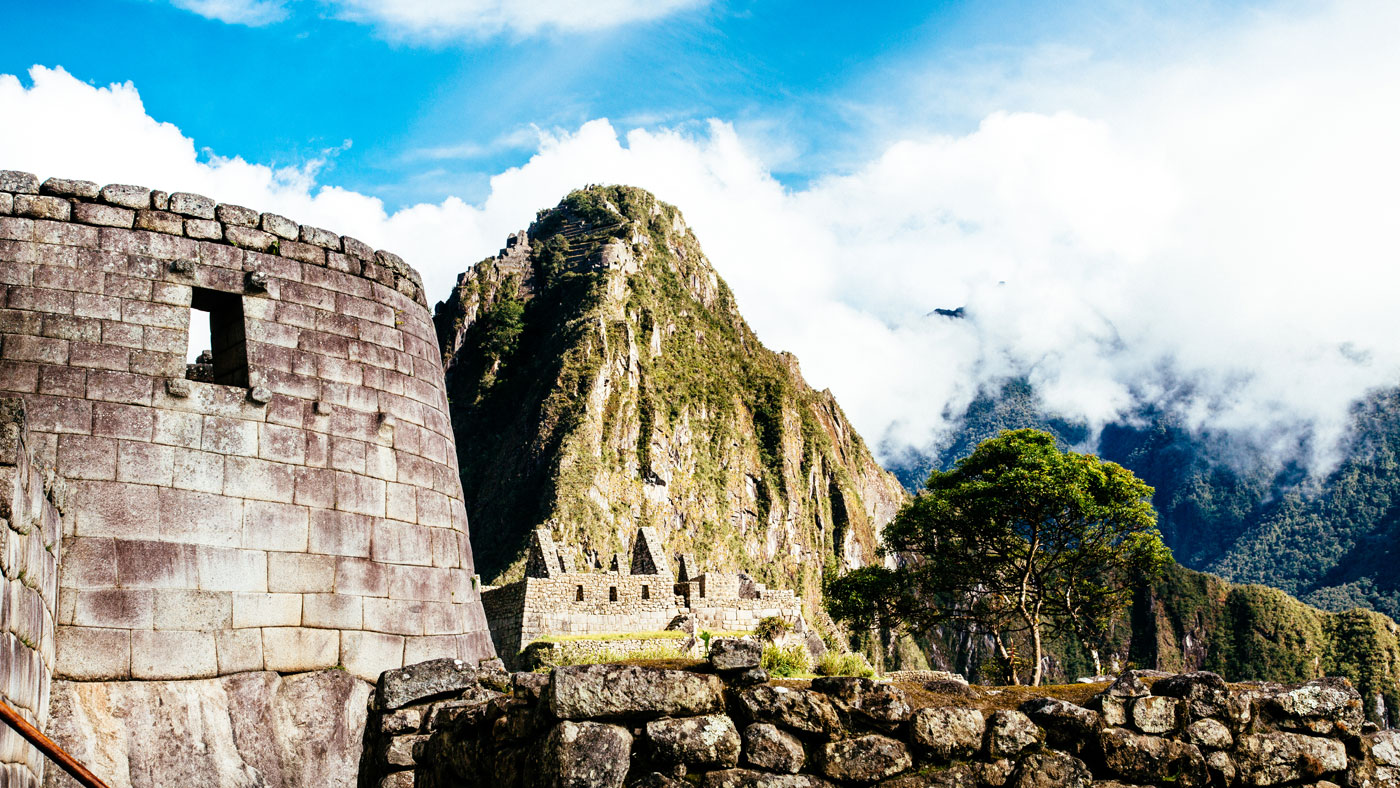
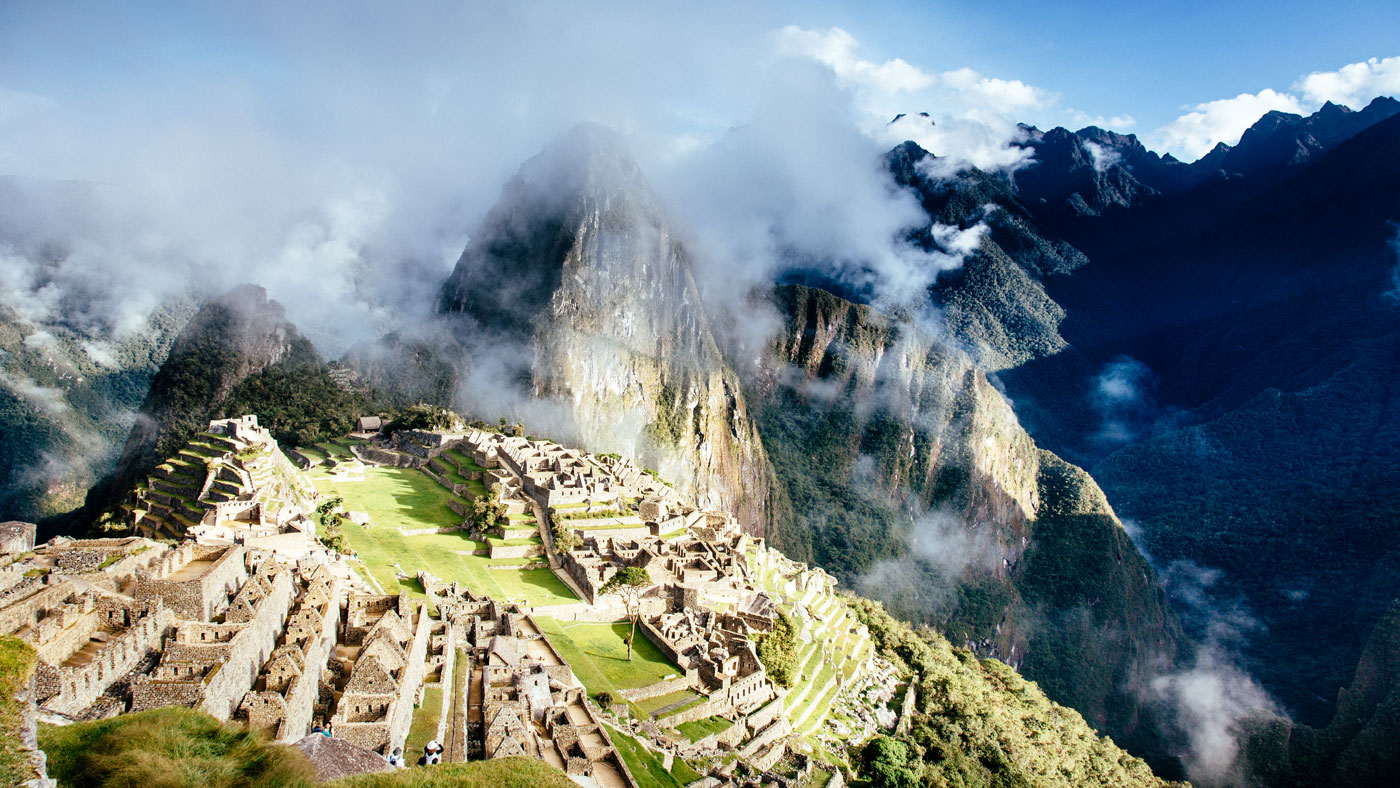




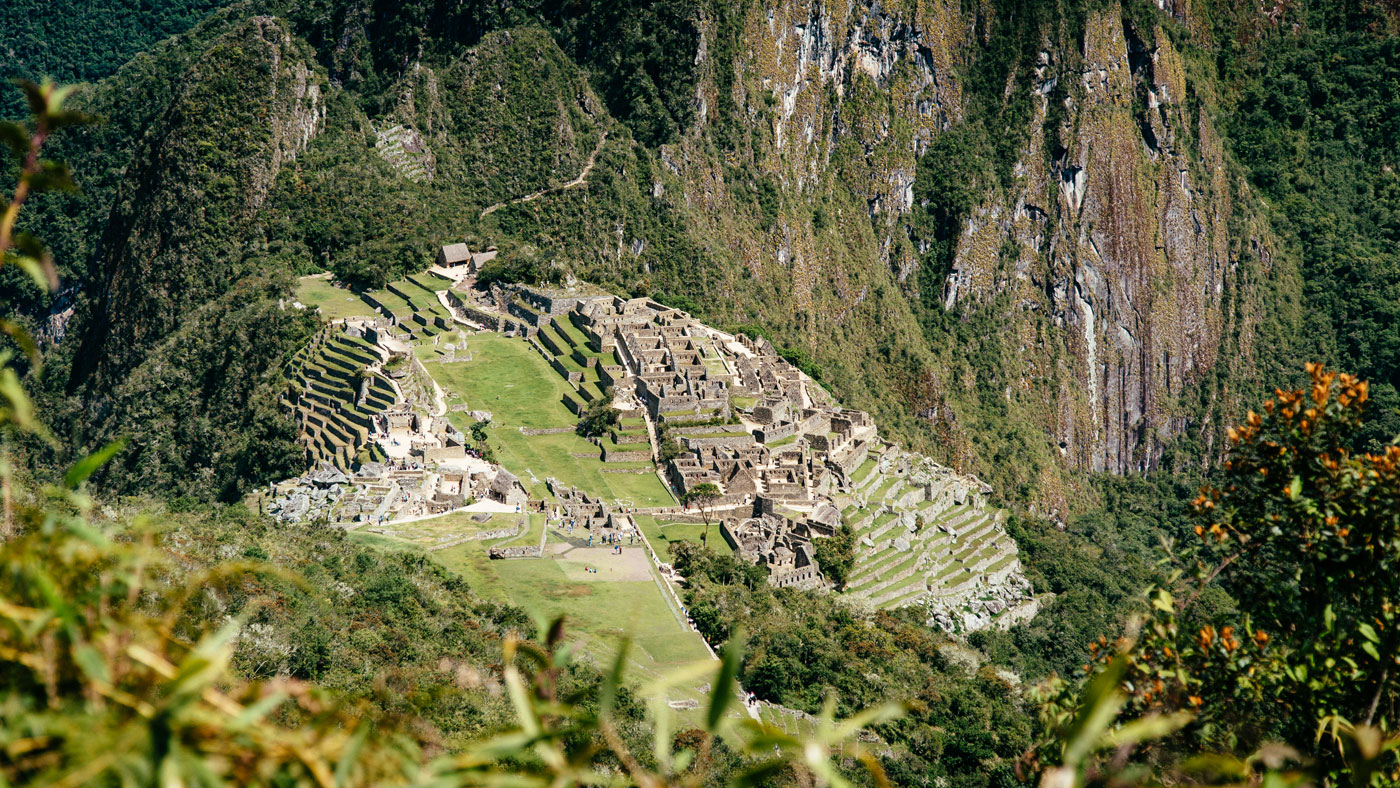









Having grown up in Norfolk, I know flat terrain when I see it - and despite my guide’s claim, the footpath in front of us was nothing like home. “Peruvian flat,” he suggested as a compromise. I would have called it “East Anglian steep”.
Then again, the highest point in Norfolk is 103 metres above sea level, and I was on my way to a summit of 4,629m. These things were bound to be relative.
Though less well known than the Royal Inca Trail, the Salkantay route to Machu Picchu has two big advantages, the first being its relative obscurity. The Inca Trail is booked to capacity months in advance, but on the less well trodden Salkantay route I saw more Peruvian herdsmen than hikers. The second advantage is comfort: I spent the night not in tents - compulsory on the Inca trek - but in cosy cabins with log fires, hot showers and soft mattresses.
The Week
Escape your echo chamber. Get the facts behind the news, plus analysis from multiple perspectives.

Sign up for The Week's Free Newsletters
From our morning news briefing to a weekly Good News Newsletter, get the best of The Week delivered directly to your inbox.
From our morning news briefing to a weekly Good News Newsletter, get the best of The Week delivered directly to your inbox.
Even so, it is not to be mistaken for a walk in the park. The 45-mile route takes six days and involves several steep climbs at significant altitude (it tops out 400m higher than the four-day, 26-mile Royal Inca Trail). For those who prefer a less strenuous introduction to the Andes, the company I travelled with, Mountain Lodges of Peru, also offers an itinerary focusing on the Sacred Valley (see below), where routes can more easily be tailored to individual abilities and appetites.
Salkantay day one, however, was a relatively benign introduction - or it would have been were it not for the altitude. I had been nursing a dull headache since flying to Cusco (3,400m above sea level) from the low-lying Amazon, and a steep stretch at the start of the trail had me panting for oxygen. Soon, though, we were on the aforementioned “Peruvian flat” path - let’s call it undulating - which gave me the chance to catch my breath while our guide, Whilder Alarico, sketched out a history of the Incas in these mountains.
For all they left behind, their empire was relatively short-lived: after 1438, they expanded rapidly from their city state of Cusco to rule much of modern-day Ecuador, Peru and northern Chile, but by 1533 they were fighting both a civil war and a losing battle with Spanish invaders. As the Incas retreated, many of their towns and temples were ransacked for gold by the conquistadors, while others were reclaimed by dense forest. For centuries, Andean people lived among the ruins of their civilisation, at times knowingly, at others entirely oblivious. Often they made use of the paths that Incan labourers had carved through the Andes - as would we, over the next seven days.
First, though, we spent the night at Salkantay Lodge, overlooking a broad green valley and the snowy peak of the mountain from which it takes its name. The lodge sits comfortably in the landscape, its stone chimneys, adobe walls and thatched roof nodding firmly towards Incan architecture. Less traditional, but very welcome as the temperature dipped, was the steaming outdoor hot tub.
A free daily email with the biggest news stories of the day – and the best features from TheWeek.com
As we set off early the next morning, my high-altitude headache had lifted and I felt ready for anything. Perhaps it was the coca tea, and the small dose of cocaine it delivers. Not only legal in Peru, it is also an integral part of Andean culture, used in religious ceremonies and served widely in hotels as an antidote to altitude sickness.

Our destination was Humantay Lake, a blue-green pool of glacial meltwater surrounded by high peaks. At sea level it would have been an easy walk, but even after the coca tea I needed frequent breaks to let my breathing and heart rate return to something like normal.
After an hour or so we were joined on the trail by a man in a poncho playing a quena, a flute-like musical instrument handed down from the Incas to their modern-day descendants, the Quechua. Alarico explained that our companion was a shaman called German (pronounced “Herman”), who would perform a religious ceremony for us when we reached the lake, but first he serenaded our ascent. His music added a gentle, melancholy, note to the climb, which proceeded under billowing clouds. The air was cool, but the sun, though shrouded, still warmed my face.
We had the lake to ourselves when we arrived and spent some time sitting quietly on a plateau above the water. I perched on a boulder and dangled my legs over the rock, looking up at the birds cruising close to the rocky slopes, and listening to the shaman’s tune.
Then it was time for the ceremony, which German began by reciting an incantation to three of the snow-capped peaks and gesturing towards them with a trio of coca leaves, representing the three worlds of the Quechua religion: the sky, the land and the subterranean. Having been blessed, we joined him in putting together an offering from an eclectic mix of ingredients he supplied. Alongside the traditional - llama foetus, for example, and wool and rice - were glittery stars and biscuits in the shapes of cars and elephants. All were either offerings to Mother Earth (pachamama in the Quechua language) or representations of what we hoped to receive, such as food, warmth, light and wealth (although I’m still not sure about the elephants).

Later, after dusk had fallen, we would burn the parcel, which German had wrapped neatly in paper and cloth. The smoke would carry it into the air, from where it would be washed down into the earth by rain.
Whether it was the shaman’s blessing or the efforts of the day’s hike, I slept well that night and awoke feeling ready for the most strenuous day of the trek. We would spend nearly seven hours walking, covering eight miles and, more significantly, reaching the highest point of the route as we crossed the Salkantay Pass.
We set off in a fine drizzle, which turned steadily to rain. Protected from the weather by good boots and waterproofs, I settled into a pleasing trance, my mind quiet as I trudged over the wet ground. After an hour or so we stopped in a thatched shelter, refuelling with nuts, dried fruits and oatmeal biscuits provided by the lodge.

As we pushed on towards the snowline, we emerged through the top of the clouds and into the sunshine, requiring a rapid shedding of layers. The altitude was imposing itself again now, and as the path steepened towards the summit I was stopping every few minutes to gulp down air. My headache returned and my limbs began to feel weak and shaky.
Alarico was carrying oxygen in case we needed a pick-me-up, and the mule hauling our luggage could be pressed into service to carry us too, but I pushed on, knowing the worst would soon be over. At the summit I was quite light-headed, partly from the altitude and partly from euphoria: my grin for the camera was genuine, if pained.

The cloud reformed around us as we began the descent, and just as we walked back into the rain Alarico pointed to a collection of tents ahead of us. A pair of cooks had been working over a fire to prepare us a hot lunch. I thought at first my altitude-addled stomach was going to reject the lomo saltado, a Chinese-Peruvian stir fry, but after a couple of tentative bites my appetite returned with a vengeance.
Food was a highlight of the trek, which started, every day, with a generous breakfast of ripe avocado and tomato, plates of fruit, bowls of cereal and bacon and eggs cooked to order. Lunches and dinners ranged from the simple - trout with salsa and potatoes, for example, or aji de gallina, a creamy and mildly spiced chicken dish - to an elaborate pachamanka, a traditional Quechuan barbecue which involved burying various meats, potatoes and other vegetables in an open fire and covering it with earth until it has all cooked.
There was more food awaiting us at our next stop, Wayra Lodge, where a pizza oven had been at work while we walked. After the long walk and two hearty meals I succumbed to the temptation of an afternoon nap, awaking briefly for another meal and a celebratory glass of wine, before retreating back to bed. I was asleep soon after 9pm.
It was only in the morning, with the cloud gone and the sun shimmering down through rain-washed mountain air, that I truly appreciated the spectacular location of the lodge. I jumped up from the breakfast table several times to photograph the vivid green valley, the dark wall of rock beyond it and behind us now, the peak of Salkantay, blinding white in the morning light.

As soon as we set off on the long downward journey - easy on the lungs but hard on the knees - the vegetation began to change. We were on the northern slopes of the Andes now, facing the Amazon and the warm, moist air that drifts up from the lowlands and fuels the growth of orchids, magnolia trees and, eventually, palms.
On day five, we took a break from the near-tropical humidity at a smallholding which grew pomegranates and coffee. Having seen the ripe coffee cherries and the hand-powered machines used to extract the beans, I had a go at roasting them, under the watchful eye of the plantation owner. Between us we then ground them up and enjoyed the freshest cup of coffee I may ever drink - and a tot or two of coffee liqueur, sweetened with honey. Abuzz with caffeine and alcohol, we went on our way under the earthy smell of the roastery.
After the solitude of the first few days, we began to encounter more people as we descended into more hospitable climes. There was the farmer who emerged from his hut to receive a regular bread delivery from Alarico, an increasing number of mule drivers making their way along the track, and then a tiny village and its equally small cemetery. Although the graves were festooned with Catholic offerings, they faced not east to Jerusalem but instead to Machu Picchu, following the Quechuan tradition. When it comes to the afterlife, there’s no harm in having a Plan B.
I caught my first glimpse of the Inca citadel on day six, after a steep climb over the Llactapata Pass and a long hot descent in full sun and rising humidity. We were passing through the welcome shade of a forest when the telltale stone terraces appeared through a gap in the trees. From our lunch stop, we had an even better view, revealing the full extent of the ruined town and its mountainous backdrop. It was not hard to see why the Incas thought this place was special.

I was up at 4am for my visit to Machu Picchu, well before sunrise, which would be hidden by a dispiriting veil of cloud. By the time I stepped through the gates of the site, a few shafts of sunlight had poked through, but fog still clung to the hillside. It was wonderfully atmospheric, but not the best conditions for sightseeing. Then, as I climbed to a higher vantage point, the clouds parted, the sun burst through and the fog floated off into the valley. I had the very best view of the ruined city.
It took a century to build and housed, at most, 800 people - a ratio of effort to accommodation that has led most archeologists to conclude that it was reserved for the elite of the Incan society. Since their story was told mostly by Europeans, it tended to focus on what they lacked - notably writing and the wheel - and occasionally even credited their achievements to supernatural or alien forces. There is no question, however, that the Incas were master stonemasons, who carved precise trapezoidal bricks, convex on the base and concave on top, so that gravity strengthened their homes and temples. Despite frequent earthquakes here, the citadel is largely intact.
Having toured the ancient streets, I sought to put the city in perspective, climbing the 3,800 steps to the top of Machu Picchu mountain (the wheelless Incas favoured steep, stepped paths rather than slopes and hairpin bends). It was a punishing ascent on tired legs, but from the summit I could take in the whole grand vista: the old city beneath me, framed by the conical peak of Huayna Picchu mountain, the river that all but encircles them and, beyond it, retreating into the far distance, innumerable forest-clad ridges and snow-capped peaks.

I lingered there, waiting as other groups came and went, until I had the summit to myself. I put down my camera and rucksack, savoured a moment of splendid isolation, and then began the long descent to the Inkaterra Machu Picchu Pueblo Hotel hotel. Thoroughly exhausted and feeling somewhat dishevelled amid the splendour of the dining room - all dark wood and white linen tablecloths - I ordered lunch, savoured a long, cold beer and reflected on how far I had come.

Lares and the Sacred Valley: into the Andes, hiking optional
For travellers seeking to immerse themselves in Andean culture without committing to a week of hiking, Mountain Lodges of Peru offers more of a made-to-measure approach in Lares and the Sacred Valley.
Keen walkers are welcome too: each day’s activities include the option of an extensive trek, alongside a shorter walk of a few hours - and less strenuous alternatives. The latter include visits to food markets, cultural excursions to see traditional weavers at work and guided tours of the archeological sites at Pisaq, Ollantaytambo and Ancasmarca, where the Incas stored vast quantities of grain and potatoes in stone warehouses.
Nights are spent in a range of premium lodges and hotels, one of which has a private hot tub outside each room. Another has beautifully tended gardens, patrolled by a pair of llamas.

Two Lares itineraries, one lasting five days and the other seven, conclude with a visit to Machu Picchu. A third option involves a three-day trip through Lares, followed by the seven-day Salkantay and Machu Picchu trek - an itinerary justly named the Grand Andean Experience.
I sampled a few of the walks, including a lung-busting ascent from Amaru to Viacha, over a 4,328m mountain pass, and an effortlessly gradual descent from the Lares Pass. The path followed an Inca Trail bordered by rough heathland and flocks of sheep and llama, tended by old women in electric-pink ponchos. Spiny grasses and the long, green leaves of bromelias gave the landscape texture and sheen, picking up the light of the steely grey sky.

It was a delightful walk, quietly beautiful, even before we reached Aya Wayco, or the Canyon of the Dead. Here the walls are studded with tombs, into which the Incas sealed the embalmed remains of their fallen friends. Some have been looted over the centuries, while others, high out of reach, probably still contain those ancient bodies and the treasures intended to accompany them into the next life.
The seven-day Salkantay trek to Machu Picchu with Mountain Lodges of Peru is available from £2,325 in low season or £3,100 in high season, including all accommodation, food, soft drinks, transfers, guides and entrance fees. The five-day Lares programme, including Machu Picchu, starts at £1,475 in low season and £1,950 in high season.
Journey Latin America (0203 553 9647; journeylatinamerica.co.uk), the UK’s leading specialist in travel to Latin America, has a ten-day holiday to Peru including the Salkantay trail to Machu Picchu, one night at Machu Picchu and three nights in Cusco, starting from £3,935 per person. The price includes transfers in Peru, excursions, most meals and entrance fees. International flights are extra, starting from £650 per person.

Holden Frith is The Week’s digital director. He also makes regular appearances on “The Week Unwrapped”, speaking about subjects as diverse as vaccine development and bionic bomb-sniffing locusts. He joined The Week in 2013, spending five years editing the magazine’s website. Before that, he was deputy digital editor at The Sunday Times. He has also been TheTimes.co.uk’s technology editor and the launch editor of Wired magazine’s UK website. Holden has worked in journalism for nearly two decades, having started his professional career while completing an English literature degree at Cambridge University. He followed that with a master’s degree in journalism from Northwestern University in Chicago. A keen photographer, he also writes travel features whenever he gets the chance.
-
 NASA discovered 26 microbes in their cleanrooms
NASA discovered 26 microbes in their cleanroomsUnder the radar The bacteria could contaminate space
-
 The elite falcon trade in the Middle East
The elite falcon trade in the Middle EastUnder the Radar Popularity of the birds of prey has been ‘soaring’ despite doubts over the legality of sourcing and concerns for animal welfare
-
 A running list of the international figures Donald Trump has pardoned
A running list of the international figures Donald Trump has pardonedin depth The president has grown bolder in flexing executive clemency powers beyond national borders
-
 Friendship: 'bromance' comedy starring Paul Rudd and Tim Robinson
Friendship: 'bromance' comedy starring Paul Rudd and Tim RobinsonThe Week Recommends 'Lampooning and embracing' middle-aged male loneliness, this film is 'enjoyable and funny'
-
 How community-based tourism can reshape travel for the better
How community-based tourism can reshape travel for the betterIN And five tips for finding a responsible community travel company
-
 A beginner's guide to exploring the Amazon
A beginner's guide to exploring the AmazonThe Week Recommends Trek carefully — and respectfully — in the world's largest rainforest
-
 Raise your glass at these 7 hotel bars where the vibe is as important as the drinking
Raise your glass at these 7 hotel bars where the vibe is as important as the drinkingThe Week Recommends Have a pisco sour in Peru and a Bellini in Rome. Or maybe run into Bruno Mars in Vegas.
-
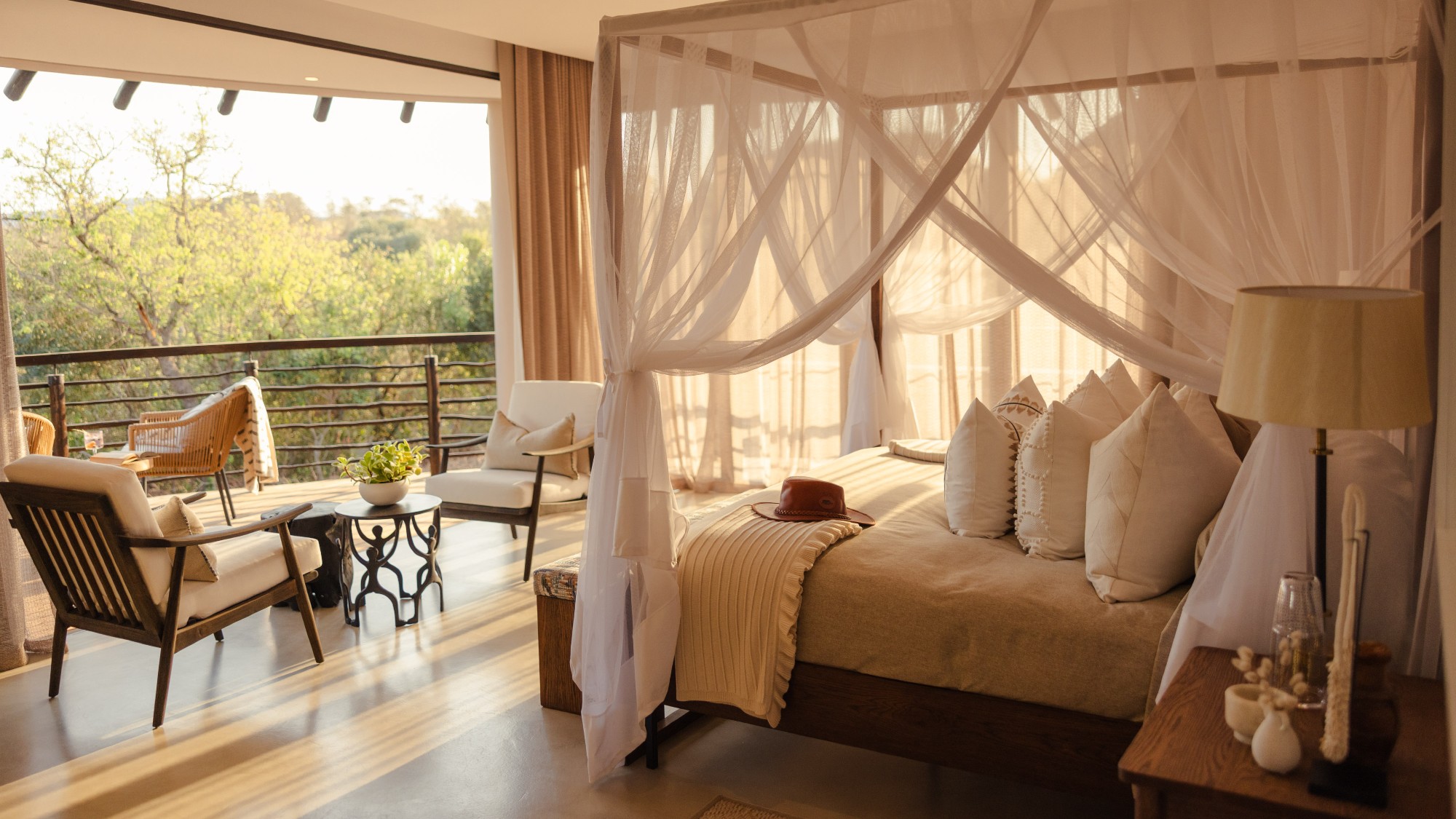 Take advantage of sublime October weather at these 7 hotels
Take advantage of sublime October weather at these 7 hotelsThe Week Recommends Rain, snow and sleet will absolutely not be keeping you from your destination
-
 The Count of Monte Cristo review: 'indecently spectacular' adaptation
The Count of Monte Cristo review: 'indecently spectacular' adaptationThe Week Recommends Dumas's classic 19th-century novel is once again given new life in this 'fast-moving' film
-
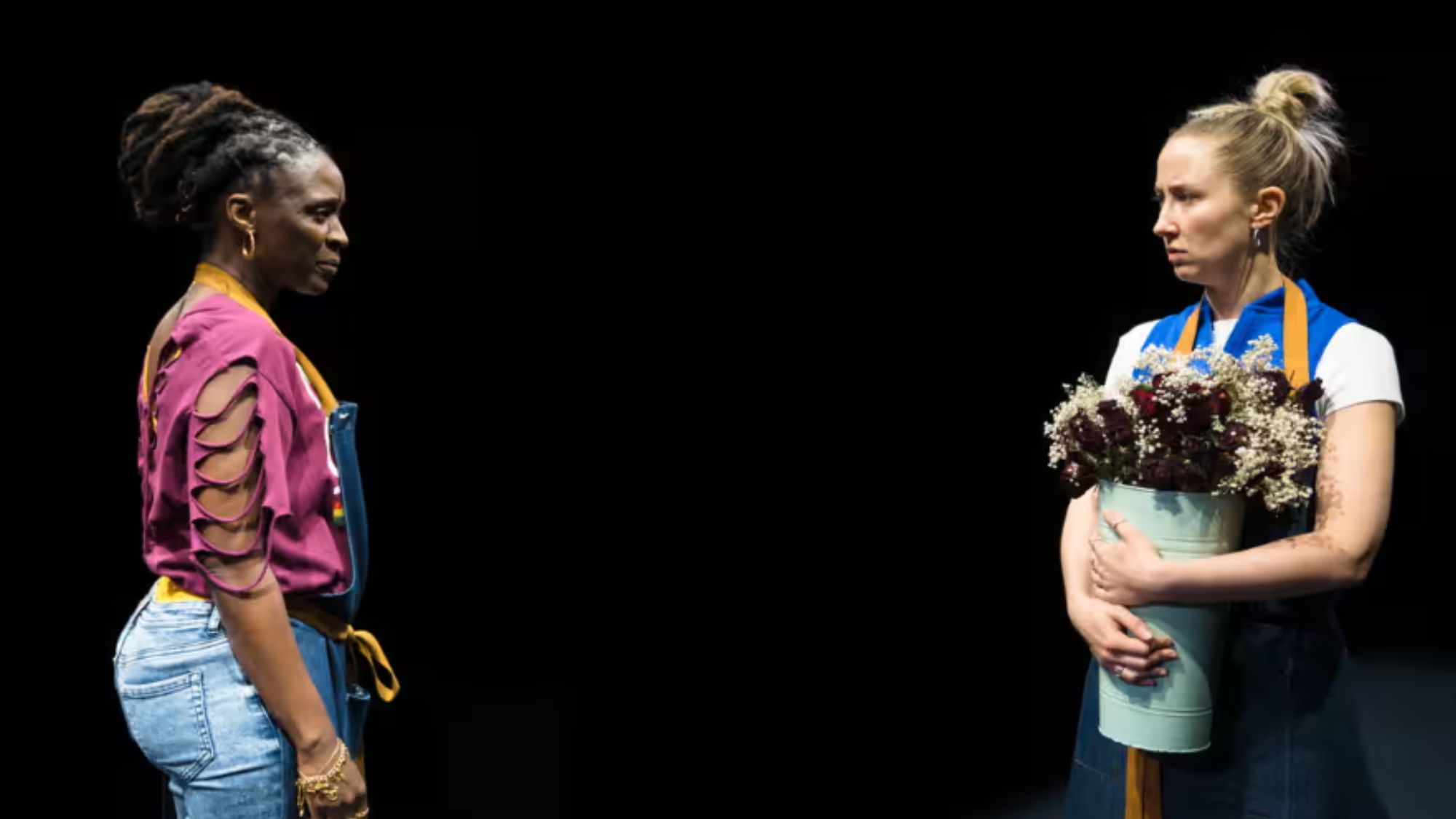 Death of England: Closing Time review – 'bold, brash reflection on racism'
Death of England: Closing Time review – 'bold, brash reflection on racism'The Week Recommends The final part of this trilogy deftly explores rising political tensions across the country
-
 Sing Sing review: prison drama bursts with 'charm, energy and optimism'
Sing Sing review: prison drama bursts with 'charm, energy and optimism'The Week Recommends Colman Domingo plays a real-life prisoner in a performance likely to be an Oscars shoo-in